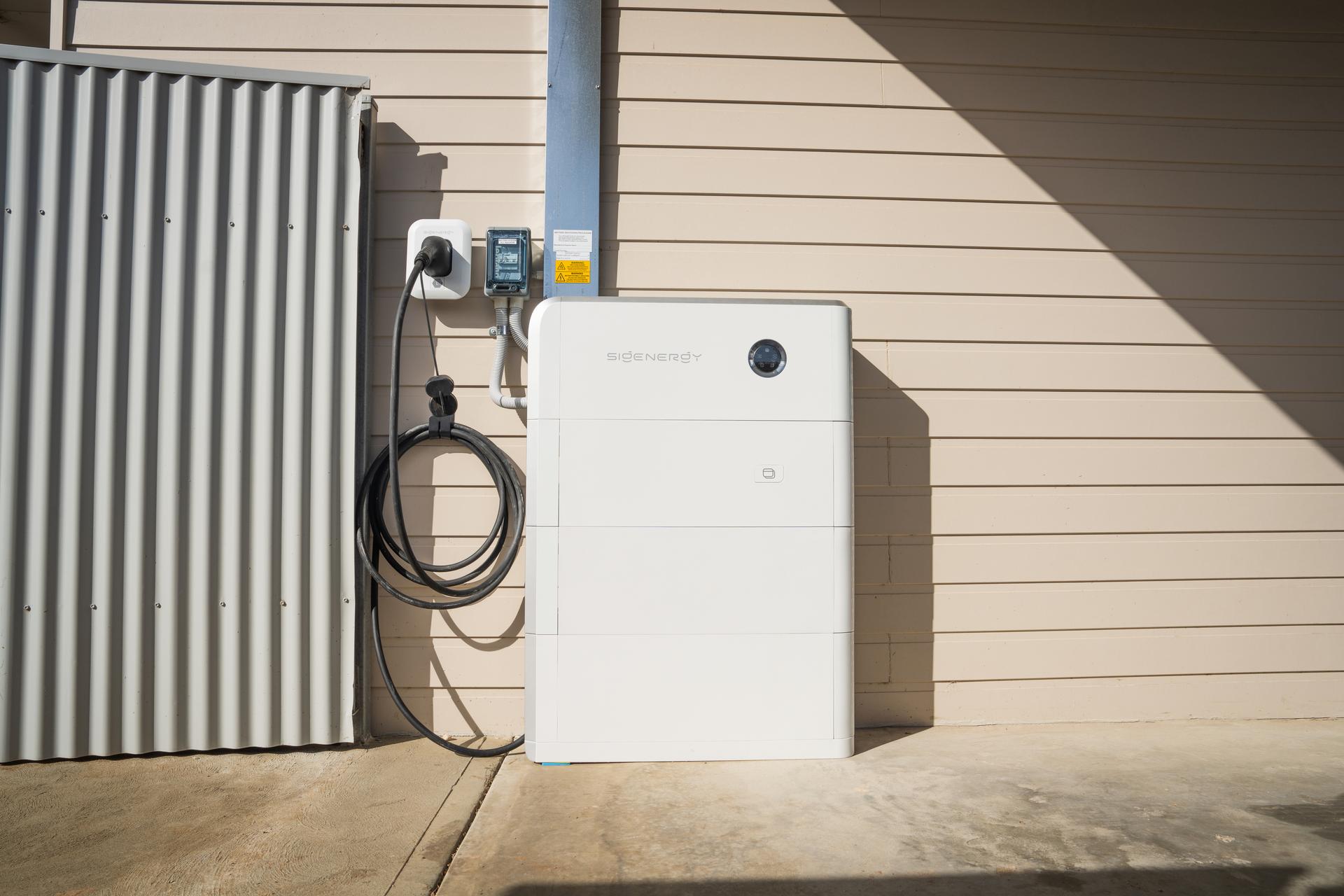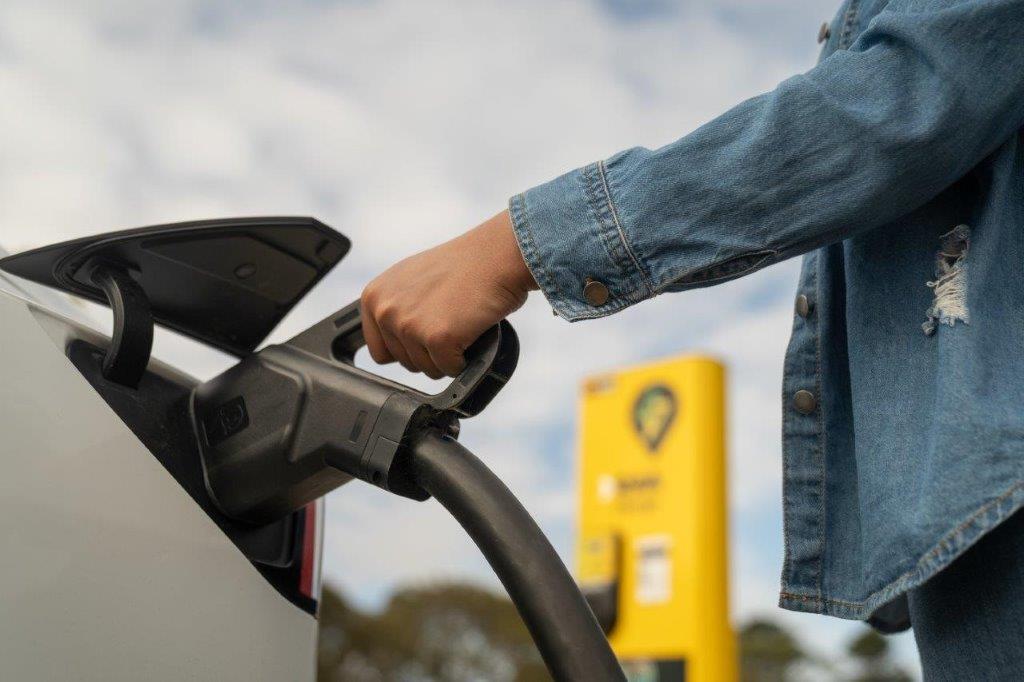
 visit raa.com.au
visit raa.com.au
RAA is calling for the adoption of bi-directional charging to be front and centre of the COP31 agenda, as South Australia seeks to host one of the world’s largest annual events in November next year.
Bi-directional charging technology represents one of the largest potential enablers of Australia’s energy transition, enabling Electric Vehicles (EVs) to power a home (V2H), or even sell energy back to the grid (V2G).
It comes as RAA completes the install of its first residential bi-directional charging system that will see an EV power a home – slashing energy bills, whilst potentially earning money for the member by selling the EVs excess energy back to the grid.
RAA’s Solar and Battery team installed a Sigenergy 12.5kW bidirectional DC charger, paired with two integrated 8kWh Sigenergy home batteries and an upgraded solar system at a member’s house with V2H and V2G capability.
The new system will allow the solar panels to charge the EV and home battery system during the day, then use the EV and home battery to power the home in the evening or sell energy back to the grid during peak pricing events.

RAA Chief Executive Officer Nick Reade said with the potential to host COP31, South Australia was uniquely placed to lead the way on the adoption of bi-directional charging.
“With just over 12 months before the eyes of the world are on Adelaide, now is the time we need to start working together to make sure we get the most out of potentially hosting COP31,” Mr Reade said.
“Bi-directional charging is going to change the way we think about EVs and home energy.
“This technology is rapidly evolving and one of the largest enablers of Australia’s – and the world’s – energy transition.
“EVs are more than just a way to get you from A to B – they’re effectively a battery on wheels.
“A typical EV battery capacity is three to eight times larger than the typical home battery and can power an average household for several days.
“That means EVs can easily power an average home and even store enough power to sell energy back to the grid.
“Not only does that save households money – and possibly make them money – but it could also help stabilise the grid, and reduce costs for all electricity customers, if EVs are able to be drawn upon in peak periods once we have critical mass.
“Bi-directional EV charging now offers households a strategic opportunity – store energy when prices are low and export it back to the grid when prices peak.
“Ahead of COP31, we want to work with industry and the state and federal governments to come up with a framework that will encourage the adoption of bi-directional charging in Australia in a way that is sustainable and empowers consumers.”

While the technology is developing rapidly, not all EVs on the market are enabled for bi-directional charging which could compromise the manufacturer’s warranty, so consumers should do their research and contact the vehicle manufacturer for more information.
Mr Reade said COP31 was the perfect time to bring together government and experts from around the world to address these issues.
“While bi-directional charging is now possible in South Australia, there are still some barriers we need to work through and COP31 is our chance to do that,” Mr Reade said.